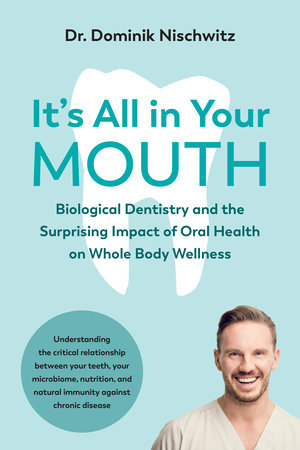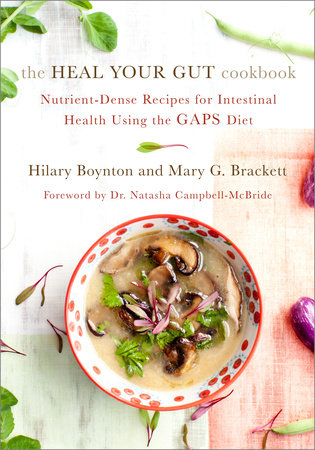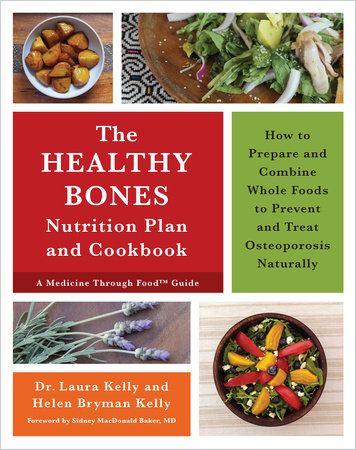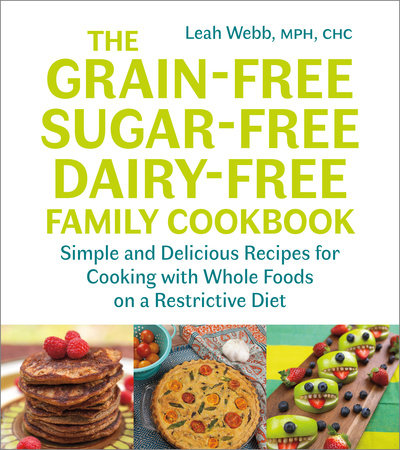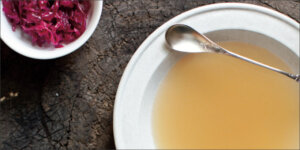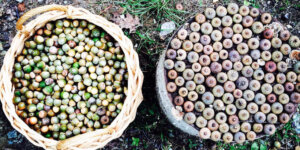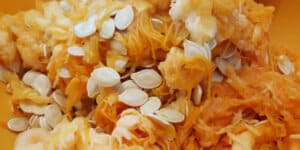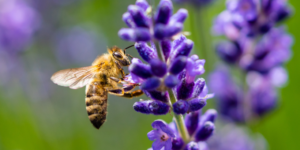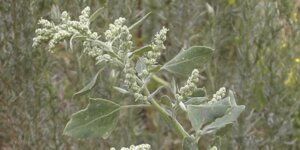Foods for a Healthy Bacterial Flora
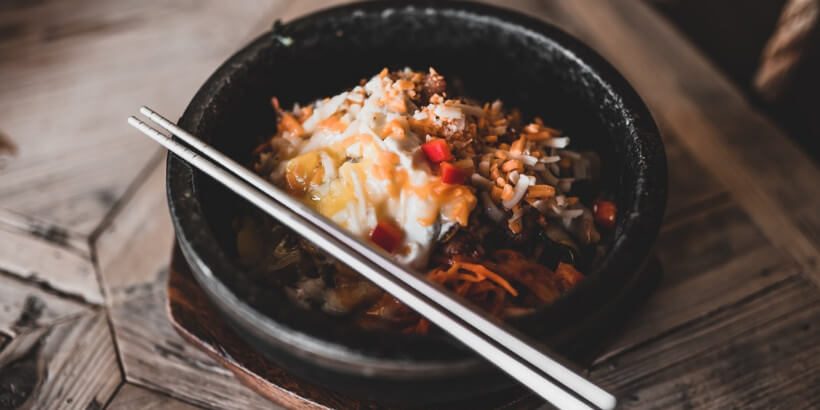
The food you eat has a direct impact on your gut and overall health. Eating sugary foods feeds the bad bacteria in our mouths that eventually lead to health problems down the road. Probiotic foods are the key to taking care of the important good bacteria in our mouths and intestines.
The following is an excerpt from It’s All in Your Mouth by Dr. Dominik Nischwitz. It has been adapted for the web.
If the bacterial flora in the mouth and gut are healthy, this contributes greatly to the body’s immune system.
Probiotic foods—foods that are good for a healthy microbial flora—improve the defense mechanisms of the epithelium in the gastrointestinal tract and help with the utilization of nutrients and energy. 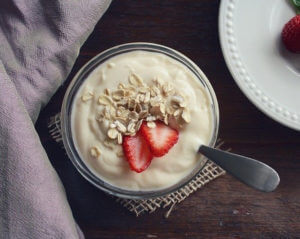
The healthier the mouth and the oral microbia are, the healthier the digestive tract, immune system, and body are as a whole. Unhealthy and especially sweet foods are unfortunately not only appetizing to us, but also favorites of the bad bacteria in the mouth and intestine. If we feed ourselves these foods, we also feed these bacteria and help them to grow.
Sugar and other simple carbohydrates, such as those we eat today in large quantities, are not normally found in nature. When we do eat these foods in nature, first they grow in such a way that we have to work to be able to consume them, and second they support the growth of healthy bacteria. This is because in nature, sugar only comes in its natural shell. When humans or animals want to get to carbohydrates, they usually have to break up this shell of plant fibers first.
This shell provides the microbes in the mouth and intestine with fibers that help to form a balanced microbial environment. Now, however, industrialization has given us access to white refined sugar and ground white flour. These are the main culprits that upset the microbia. Our bodies and teeth are the ones that have to suffer the consequences.6 The shells in which carbohydrates are usually found contain fibers that promote what is known as the anti-obesity effect. This means they help to reduce our weight and break down fat, as well as being anti-inflammatory.
If we regularly only eat macronutrients from protein, carbohydrates, and fat without eating enough vegetables, the microbia in the large intestine starve because these nutrients are all absorbed by the small intestine. The only option our cohabitants occupying the large intestine have is to eat the mucous membrane, which of course leads to inflammation in the body.
Many of the fibers in our diet, especially the 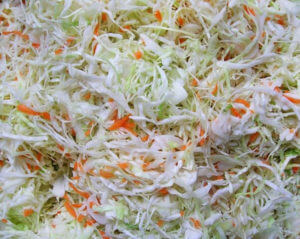 insoluble types (also known as prebiotics), however, provide the perfect snack for our friends in the large intestine, and as an added bonus, they also metabolize short-chain fatty acids (SCFAs), providing us with energy directly. Now, that’s a win-win situation.
insoluble types (also known as prebiotics), however, provide the perfect snack for our friends in the large intestine, and as an added bonus, they also metabolize short-chain fatty acids (SCFAs), providing us with energy directly. Now, that’s a win-win situation.
Probiotics, which are good for a healthy intestinal flora, are found mainly in fermented dishes such as sauerkraut, kimchi, and gherkins. These are of great value as a dietary supplement, especially for anyone who has ever taken antibiotics, and are particularly useful just after a course of antibiotics. Good supplements contain at least four to six types of different strains of probiotics in large quantities (one to forty billion per unit).
Prebiotics are indigestible fibers. These are anti-inflammatory, improve mineral absorption, and serve as food for our intestinal bacteria. As described above, the intestinal bacteria from insoluble fiber produce an important energy source for us: SCFAs. They occur naturally in a large variety of plants, such as garlic, chicory, artichokes, onions, and asparagus.
Ideally we should aim to consume a minimum of 10 to 20 grams of these each day.
Some good sources include psyllium husks, guar gum, and FOS (fructooligosaccharides). A supplement that contains both pre- and probiotics is therefore the ideal solution.
Notes
6. Steven Lin, The Dental Diet: The Surprising Link Between Your Teeth, Real Food, and Life-Changing Natural Health (London: Hay House, 2018), 123.
Recommended Reads
Recent Articles
You’ve Been Missing Out! Bone Broth is the ultimate superfood, packed with nutrients and goodness. Consider adding this nutrient-rich, immune system boosting bone broth into your daily diet.
Read MoreThese small fruits are a delicious source of nutrients that you can find almost anywhere. Get started on acorn harvesting with help from these simple tips!
Read MoreWondering what to do with pumpkin seeds? Instead of roasting them, try these alternative ways to prepare & use seeds! Plus a must-try pumpkin granola recipe.
Read MoreTired of trying different traditional medicines to relieve inflammation and joint pain? We have the perfect solution: honey bee venom.
Read MoreBefore yanking out the next patch of lambsquarter you find in your yard or garden, consider trying one of the many edible and medicinal uses of this “super weed.”
Read More

